Outrank Competitors: Rank Higher with Listing Optimization on Etsy
About the Client Shop Name: CrystalHealStore Marketplace: Etsy Focus: Bohemian & Ayurvedic-Inspired Fashion Location: Global
The combined comScore and USPS study last year found that customers still prefer marketplaces when they start their purchasing journey. 97% of those who shop online first browse products on marketplaces, clearly stating the credibility the marketplaces have built with their respective audiences so selling on marketplaces is an avenue hard to overlook.
Also, there are several reports which incline the discussion towards selling on marketplaces, one study by State of the Inbound Report which states that 63% of online marketers still find attracting relevant traffic to their website the biggest hurdle. So clearly there is problem devising a long-term sales strategy that brings relevant traffic.
So in these circumstances, the seller who lack online marketplace expertise, can take online marketplaces route till they figure out strategies can bring leads to their website.
Following info-graphics depicts the popular products, commission rates, and the countries where these marketplaces have established their strong presence. Let’s take a look at that:
Not only that these marketplaces are gathering point for your ideal customers, they benefit you in a way that weeds out all of the uncertainties and help you earn customers which you can’t get else where.
A June 2017 report by Forrestor also directs in this direction, it predicts Cross Border sales to reach $627 billion value till 2022, and its finding resonates with my agenda as well, the reasons are:
1. Marketplaces are driving cross-border sales. Amazon and eBay are two of the most popular marketplaces for shopping cross-border, especially in North America and Europe. Cross-border sales now account for nearly 25% of third-party units sold on Amazon.
2. China is reshaping cross-border commerce in North America. The rise of eCommerce in China, which is now larger than the markets of North America and Western Europe combined, will force cross-border retailers and logistics providers to adjust to a rapid change in global online sales.
3. Increased cross-border selling is cultivating more cross-border services. Cross-border eCommerce is driving the creation of new services that protect retailers from the expense of returns, extend and simplify payment services, create local eCommerce ecosystems, and reduce the overall cost of eCommerce logistics.
1. Seamless payment processes:
Choice of payment processes differs from region to region. The developed world prefers Paypal whereas Asians generally don’t. Chinese use Alipay and Wechat and Indian prefers COD. However, it is credit card are the most popular method of payment across the world.
It is here marketplaces provide great assistance to online merchants. They can choose generally from larger payment methods available. These marketplaces have partnerships with leading payment gateways, also it results in lower transaction fee.
2. Established Fulfillment network:
Like payment systems people across geographies have different tastes for their preferred fulfilment method. The U.S customers want direct delivery to their doorsteps whereas French also expects the same but with some collection points. Therefore it adds to the complexity to the operations and adds constant innovations to that, therefore relying on 3P fulfilment partner or, adhering to marketplaces’ fulfilment service should be followed.
3. Localized Listings:
People are more comfortable in their native language and technologies are also embracing these. Listing on marketplaces also gives you an edge here. You can easily localize your marketing and merchandise strategy. It is easy to translate the product information and create a copy that resonates with buyer aspirations.
4. Deep Insights:
Marketplaces have analytical tools and have deep insights on what matters the most, what makes users to hit “Add to Cart”, what are their preferences which of the products can a hit and which potential disaster. Leveraging their intelligence and insights sellers can reach to the complete new buyers which otherwise would have been completely inaccessible.
The Conclusion:
Since the world is moving towards e-commerce, it is only prudent time to give your products a platform which can truly judge the potential of its utility on the global scale. No wonder some of the unexpected ones can do the wonder for you. You never know!
More from CedCommerce:

About the Client Shop Name: CrystalHealStore Marketplace: Etsy Focus: Bohemian & Ayurvedic-Inspired Fashion Location: Global
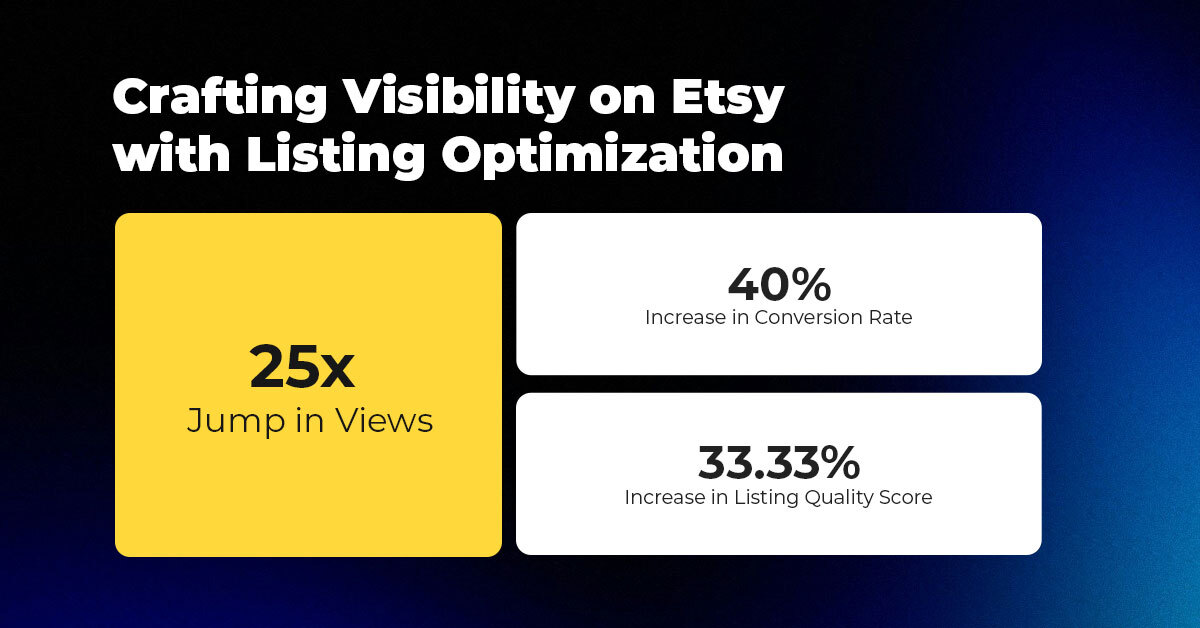
About the Client Shop Name: PinwheelCraftsStore Marketplace: Etsy Focus: DIY Craft Kits for Kids Location:

It just took one Black Friday crash for Gymshark to realize their growth had outpaced
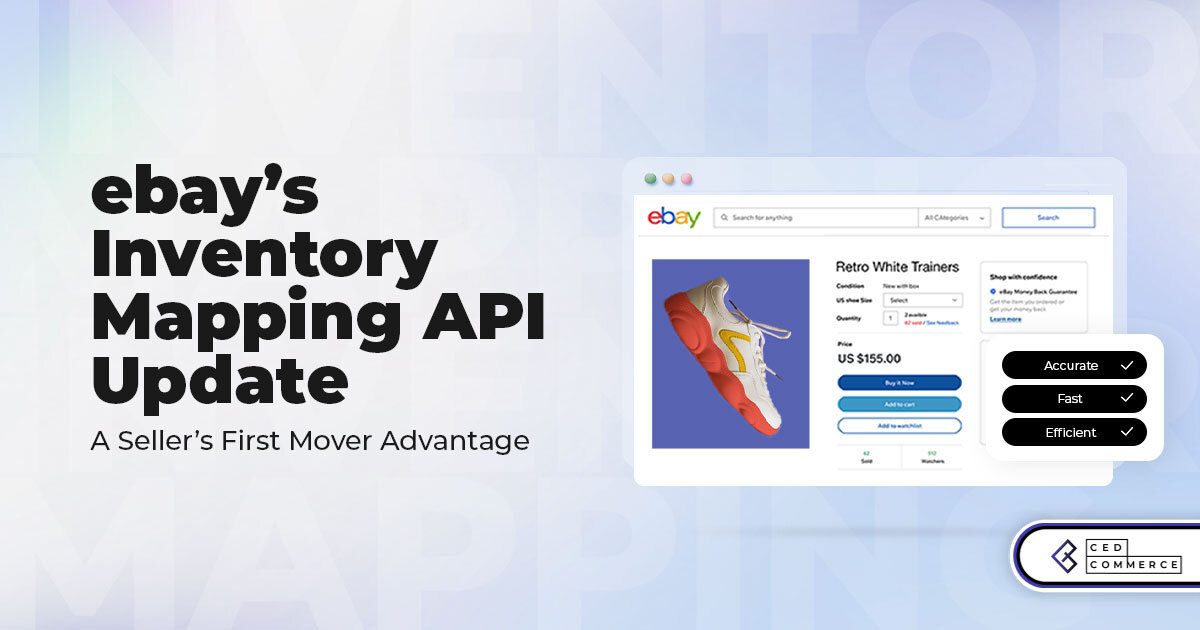
It takes on average 5 to 10 minutes to list a single product on the
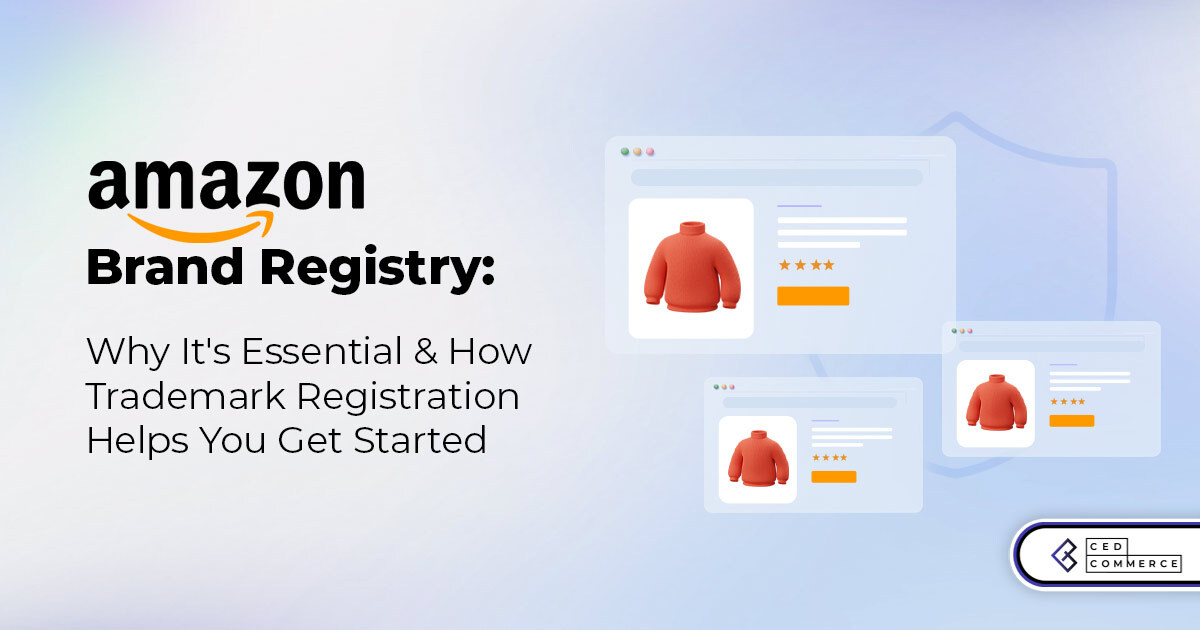
With millions of sellers on Amazon, protecting your brand has never been more important. Counterfeit

TikTok isn’t just setting trends anymore — it’s rewriting the playbook for performance marketing, creative

In a significant development for online retailers, Walmart has officially updated its policies to permit
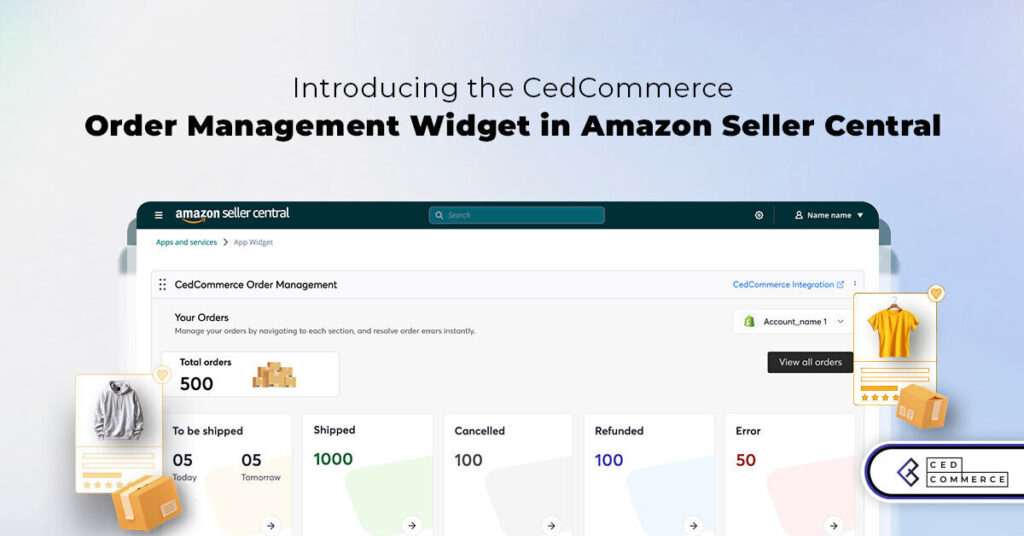
Are you encountering issues with Amazon order management across various sales channels? If so, everyday

A Deep Dive into Selling Smart on TikTok Shop UK, TikTok Shop US, and TikTok
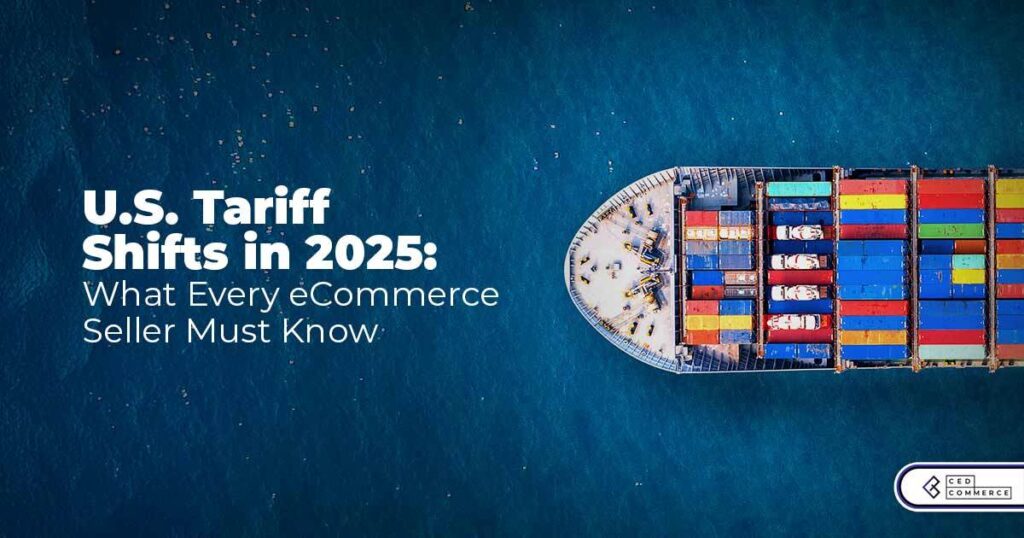
In a world where cross-border commerce fuels eCommerce growth, tariffs are no longer just policy

In the world of eCommerce, visibility is everything—and Walmart Marketplace is no exception. With thousands

In what comes as a major relief for TikTok and its millions of users in

In a move aimed at enhancing product quality and boosting buyer confidence, TikTok Shop has

Selling on Amazon offers immense opportunities, but one of the most crucial decisions sellers face

Amazon is doubling down on AI-driven selling tools, introducing a new AI-generated product enrichment pilot
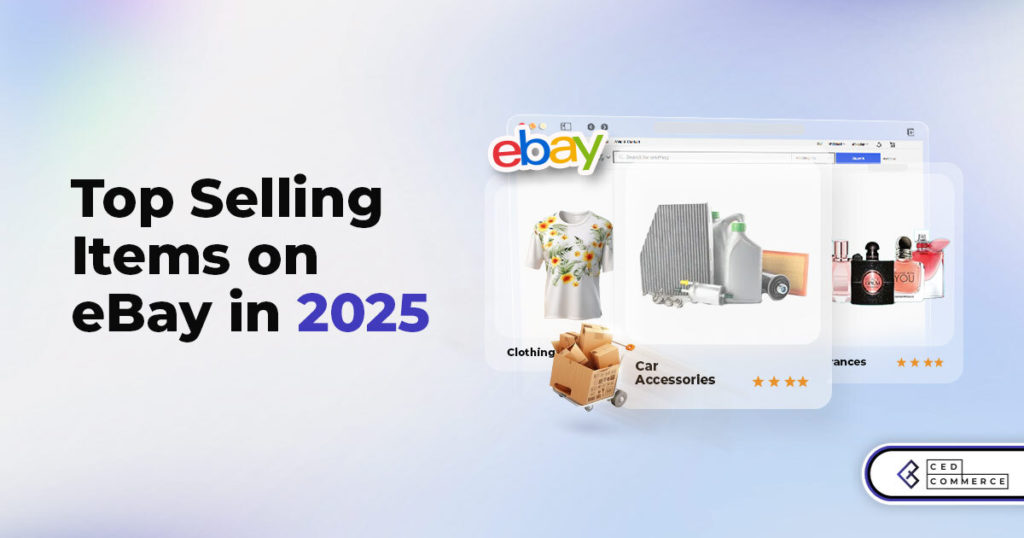
With over 17.6 million sellers on eBay marketplace, cracking the code behind the top selling

Amazon is doubling down on artificial intelligence, introducing the AI-powered ‘Interests’ feature that automatically finds

U.S. President Donald Trump has hinted that a TikTok deal is on track before the
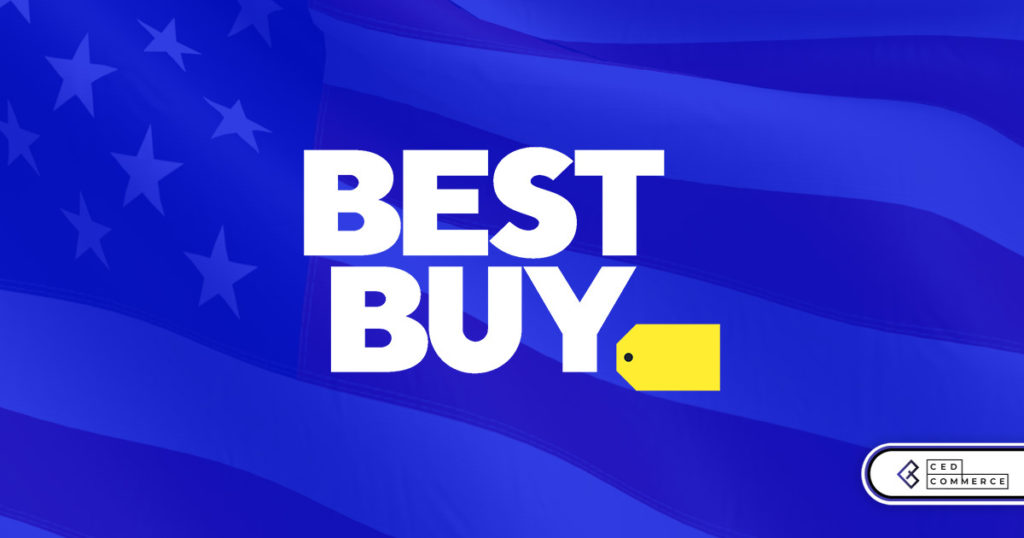
Nearly a decade after closing post its first attempt, Best Buy is returning to the

PrestaShop has long been a leading name in European eCommerce. With its flexibility, user-friendly interface,